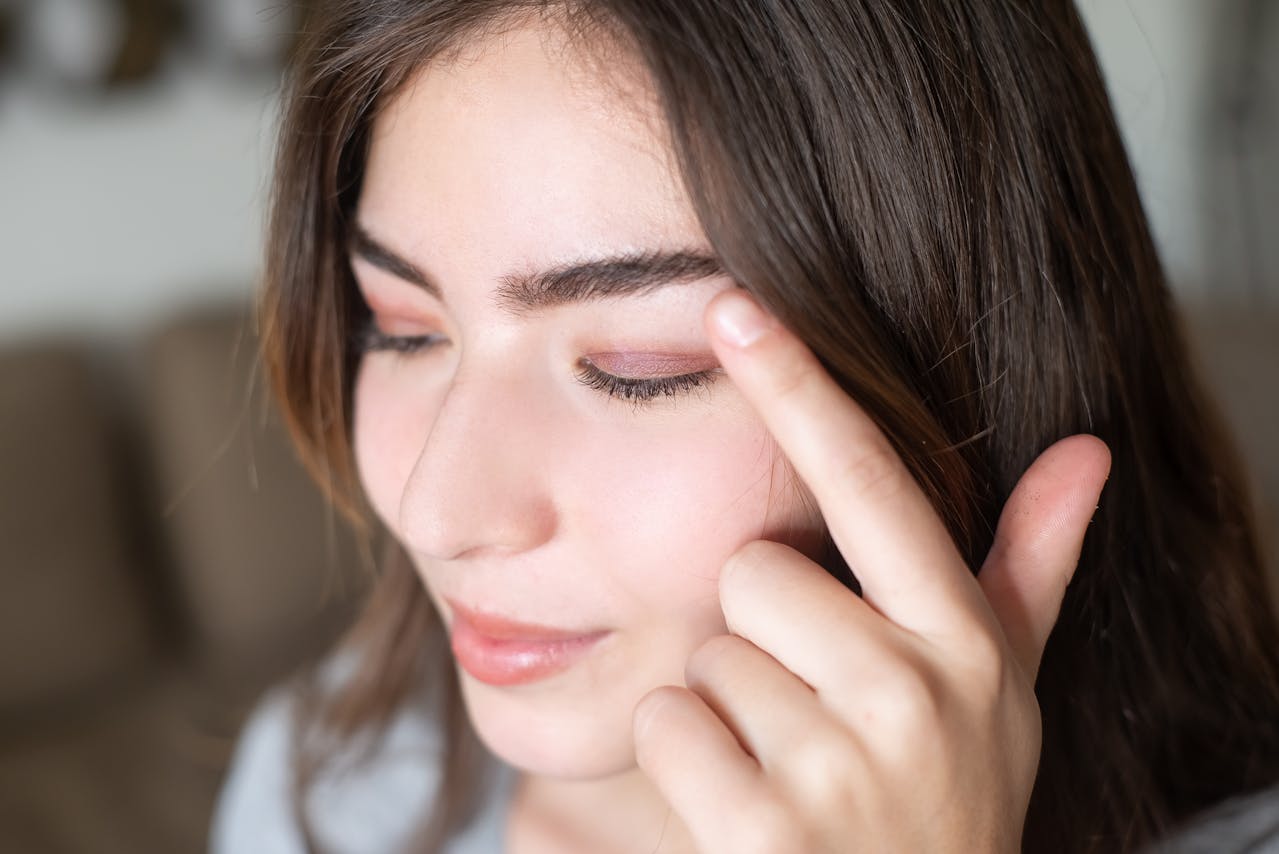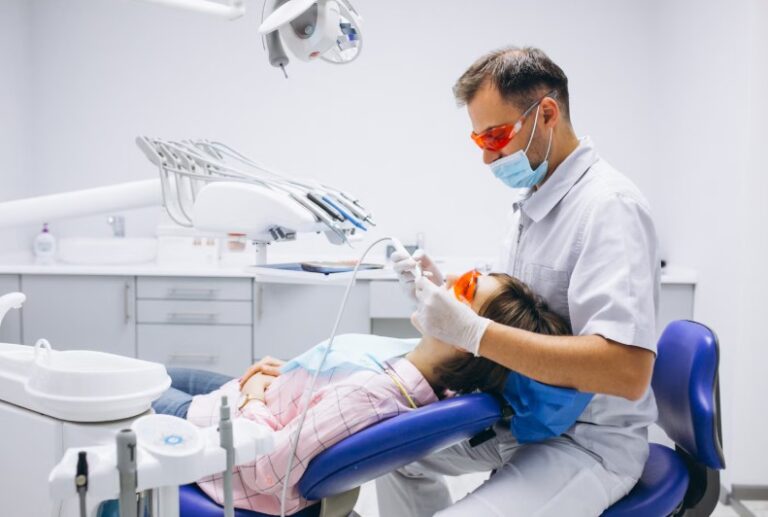
Understanding the Hidden Hormonal Triggers Behind Breakouts
Waking up one morning to find breakouts appearing across your jawline, chin, or cheeks can feel like déjà vu from your teenage years. But for many adults, particularly women in their 20s to 40s, sudden adult acne flare-ups are less about poor skincare — and more about hormonal imbalance.
While stress and environmental factors play a role, dermatologists are seeing a sharp rise in adult hormonal acne linked to changing endocrine patterns, modern contraceptive use, stress-induced cortisol fluctuations, and even disrupted sleep cycles.
If you’ve noticed cystic or deep inflamed breakouts appearing without obvious cause, it may be time to consult a specialist for Singapore acne treatment to address not just the surface symptoms, but the hormonal triggers underneath.
Why Adult Hormonal Acne Is Increasing
In the past decade, dermatology clinics worldwide have reported a surge in adult acne — particularly among women over 25. Studies attribute this to changes in hormonal regulation caused by stress, diet, and environmental pollutants that mimic hormonal activity (known as endocrine disruptors).
1. Stress and Cortisol Surges
Chronic stress elevates cortisol levels, the body’s primary stress hormone. Cortisol interacts with sebaceous glands, increasing oil (sebum) production while simultaneously inflaming the skin barrier. This combination creates the perfect environment for acne-causing bacteria (Cutibacterium acnes) to thrive.
Over time, repeated cortisol spikes can lead to persistent inflammation, causing the skin to heal slower and breakouts to become deeper and more painful.
2. Hormonal Fluctuations in Women
For women, hormonal acne is closely tied to the menstrual cycle, pregnancy, or perimenopause. A drop in estrogen or an increase in androgen (male hormone) levels triggers excess sebum production and skin cell buildup. That’s why many women notice acne forming along the jawline or chin a few days before menstruation.
Certain oral contraceptives, fertility treatments, or discontinuation of hormonal birth control can also cause hormonal fluctuations that manifest through the skin.
3. Insulin Resistance and Diet
Modern diets high in refined carbohydrates and dairy products can contribute to acne formation. High glycemic foods raise insulin levels, which in turn increase androgen production. This androgen surge signals sebaceous glands to secrete more oil, clogging pores and promoting inflammation.
The skin becomes an external indicator of internal insulin resistance — a metabolic imbalance linked not only to acne, but also to polycystic ovary syndrome (PCOS).
How Hormonal Acne Differs from Teenage Acne
While teenage acne often appears across the T-zone (forehead, nose, and chin), adult hormonal acne typically targets the lower half of the face — including the jawline, cheeks, and neck.
Distinguishing Characteristics
- Cystic nature: Adult breakouts are deeper, more inflamed, and longer-lasting.
- Recurring pattern: Flare-ups often occur cyclically (before menstruation or during stressful periods).
- Post-inflammatory marks: Adult skin takes longer to heal, leading to lingering dark spots or scars.
Unlike teenage acne, which often responds to topical treatments, adult hormonal acne usually requires internal balancing — either through hormonal therapy, prescription medication, or dermatologist-guided clinical procedures.
The Hormone–Skin Connection
Hormones influence nearly every aspect of skin health, from oil regulation to cellular turnover. When imbalanced, they disrupt the natural rhythm of skin renewal, causing breakouts, dullness, and sensitivity.
Key Hormones Involved
1. Androgens (Testosterone & DHEA):
When these increase, sebaceous glands enlarge and produce more oil. Excess oil clogs pores, trapping dead skin cells and bacteria.
2. Estrogen:
Known as a skin-protective hormone, estrogen maintains hydration, collagen, and elasticity. When estrogen declines — as in perimenopause or postpartum — skin can become oilier and more acne-prone.
3. Progesterone:
Fluctuating progesterone levels during the luteal phase (post-ovulation) cause swelling around pores, creating blockages that lead to breakouts.
4. Cortisol:
High cortisol not only triggers inflammation but also suppresses healing. Chronic stress effectively “locks” the skin in a state of inflammation, preventing recovery.
Diagnostic Clues: When to Suspect Hormonal Imbalance
Dermatologists use specific patterns to identify hormonal acne:
- Breakouts clustered around the mouth, chin, and jawline
- Cystic or nodular pimples that feel painful to touch
- Acne flares before menstruation or during ovulation
- Acne that persists despite consistent skincare routines
A full hormonal workup may include evaluating testosterone, DHEA-S, and estrogen levels, along with insulin and thyroid profiles.
Tip: Acne that worsens with stress, sleep deprivation, or menstrual cycles — but improves with hormonal birth control — is almost always hormone-related.
Why Skincare Alone Isn’t Enough
Many adults try to manage hormonal acne using over-the-counter acne washes and spot treatments. However, these often provide only surface-level relief. The real issue lies in how hormones influence oil glands and inflammation pathways within the skin.
Without addressing the root hormonal imbalance, even the best skincare regimen may fail to deliver lasting results.
Dermatologists typically recommend a multi-pronged approach:
- Topical control: Retinoids, benzoyl peroxide, or azelaic acid reduce surface bacteria and unclog pores.
- Hormonal therapy: Birth control pills, anti-androgen medications (like spironolactone), or supplements help balance hormones.
- Professional treatments: Microneedling, chemical peels, or energy-based therapies improve texture and scars while regulating oil production.
The Role of Stress, Sleep, and the Gut
Hormonal acne is not only a cosmetic issue — it reflects how the body responds to internal stressors.
1. Sleep Deprivation
Lack of deep sleep increases cortisol and decreases melatonin, leading to inflammation and reduced skin repair. A consistent sleep schedule supports hormonal regulation.
2. Gut Microbiome Imbalance
The gut–skin axis shows how digestive health impacts acne. An overgrowth of harmful bacteria or poor digestion can increase inflammation and alter hormone metabolism. Probiotics and a high-fiber diet often complement acne treatment plans.
3. Environmental Toxins
Endocrine disruptors found in plastics, synthetic fragrances, and pesticides mimic estrogen and interfere with normal hormonal signaling. Minimizing exposure can reduce flare-ups over time.
Dermatologist-Approved Treatments
Professional Singapore acne treatment options combine medical expertise with advanced technology to target both the internal and external aspects of acne.
1. Laser and Light Therapy
- Blue light therapy: Targets acne-causing bacteria.
- Fractional laser: Stimulates collagen and reduces acne scars.
- Photodynamic therapy: Regulates oil glands and minimizes recurrence.
2. Chemical Peels
Customized acid blends (like salicylic or glycolic acid) exfoliate blocked pores and fade pigmentation from past breakouts.
3. RF Microneedling
Combines radiofrequency energy with micro-needles to improve texture, reduce oil gland size, and remodel collagen — effective for both acne and acne scars.
4. Oral and Topical Prescriptions
Depending on hormone profiles, dermatologists may prescribe retinoids, antibiotics, or hormonal regulators to stabilize long-term skin behavior.
When to See a Dermatologist
You should seek medical advice if:
- Acne persists beyond 3 months despite consistent skincare
- Breakouts are painful, cystic, or leave scars
- Acne worsens during hormonal changes (menstrual cycle, postpartum, perimenopause)
- You experience additional symptoms like hair loss, irregular periods, or weight gain — which may indicate PCOS or thyroid imbalance
Dermatologists can perform diagnostic tests to pinpoint hormonal causes and tailor treatment protocols combining medication, lifestyle adjustments, and clinical therapy.
Long-Term Management and Prevention
Managing hormonal acne requires patience — results often take 3 to 6 months. However, consistency pays off when guided by a professional.
Daily Preventive Strategies
- Use non-comedogenic skincare (won’t clog pores).
- Cleanse gently twice a day, especially after sweating.
- Limit dairy and high-glycemic foods.
- Get adequate sleep and manage stress.
- Avoid over-exfoliating, which can trigger more oil production.
Pro tip: Skin purging is normal in the first few weeks of active treatments like retinoids — it’s a sign of accelerated cell turnover, not product failure.
What Our Dermatologist Says About Adult Acne
“Adult acne isn’t simply a continuation of teenage acne — it’s a reflection of hormonal and lifestyle imbalances,” explains one Glowwis dermatologist. “When we treat acne from both inside and outside, patients see lasting improvement and stronger, healthier skin over time.”
They add, “What’s empowering is that adult acne is highly manageable. With the right medical guidance, personalized skincare, and a balanced lifestyle, most patients can achieve clear, resilient skin — regardless of age.”
Also Read: How to Pick the Right Hydrating Serum for Your Skin Type?
Conclusion
Sudden adult acne is more than a cosmetic frustration — it’s your body’s way of signaling hormonal imbalance. By understanding how stress, sleep, diet, and hormones interact, you can take a more informed and targeted approach to acne care.
From customized skincare to hormone-balancing treatments and professional laser therapies, today’s Singapore acne treatment options make it possible to restore clear, healthy skin at any age.
If you’re noticing new breakouts despite diligent skincare, it may be time to consult a dermatologist who can identify the hormonal patterns behind your acne and create a plan tailored to your body’s needs.








